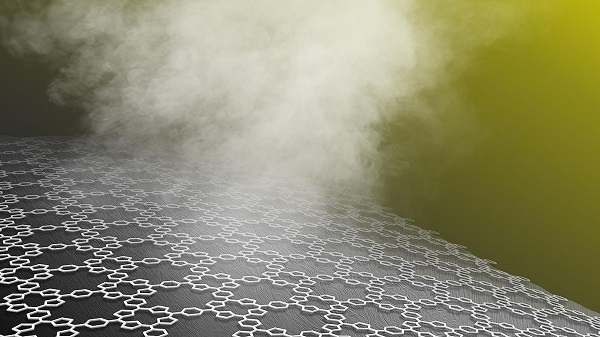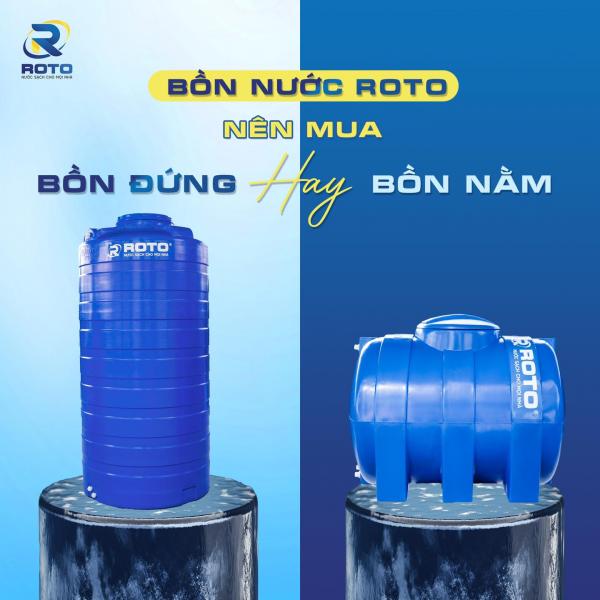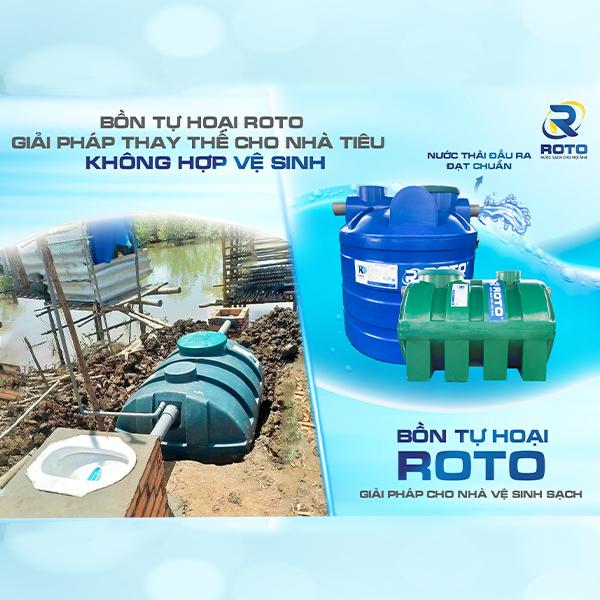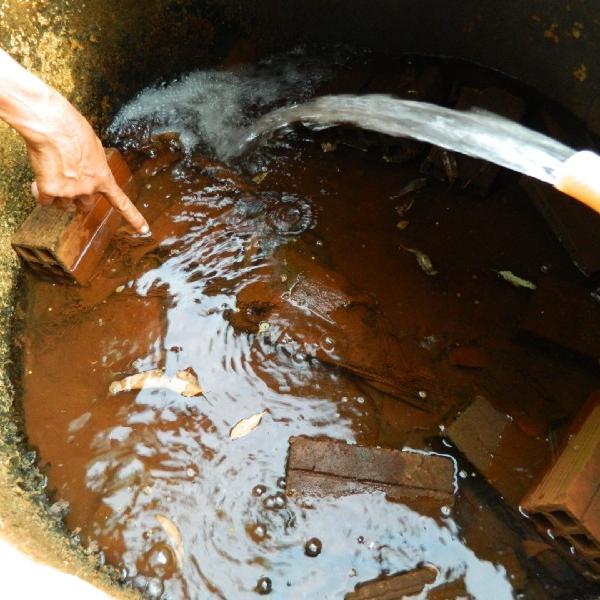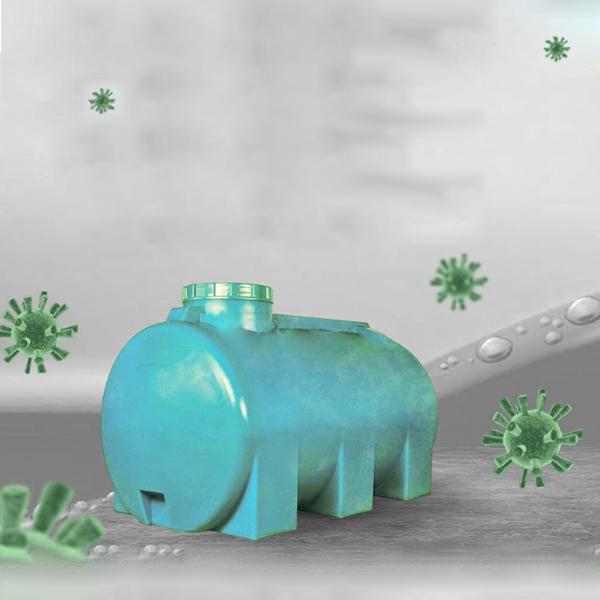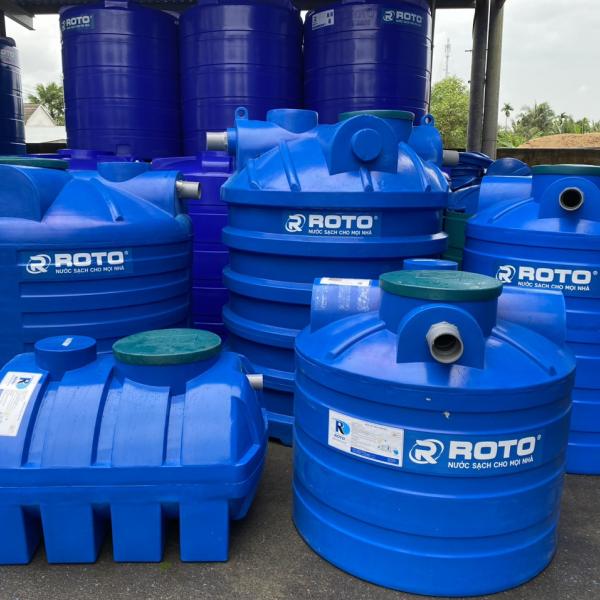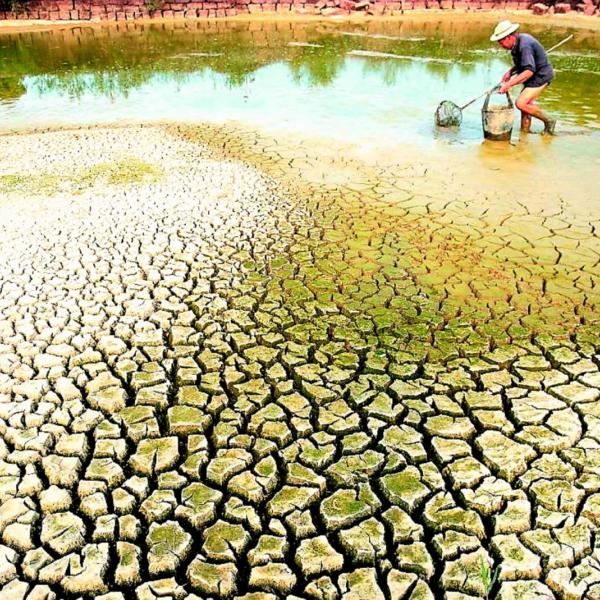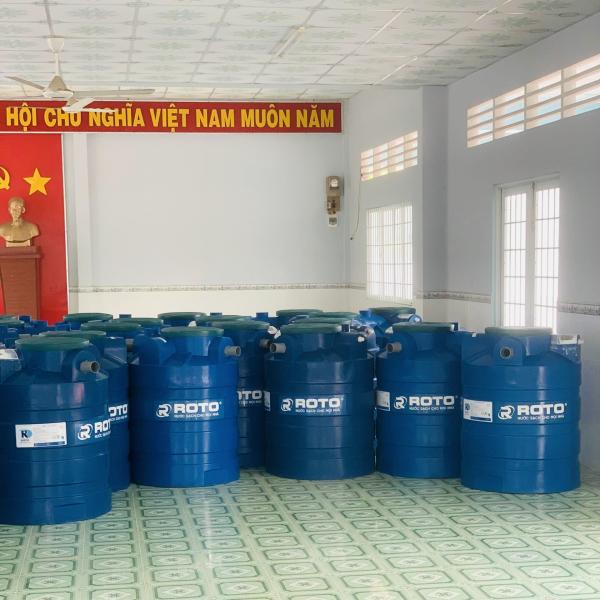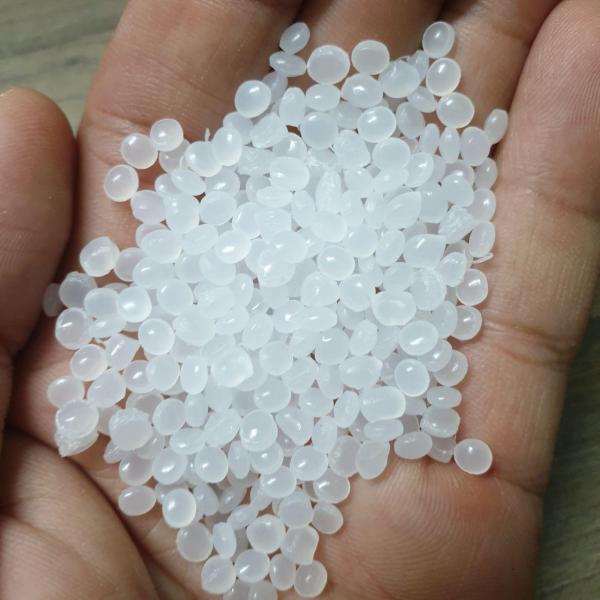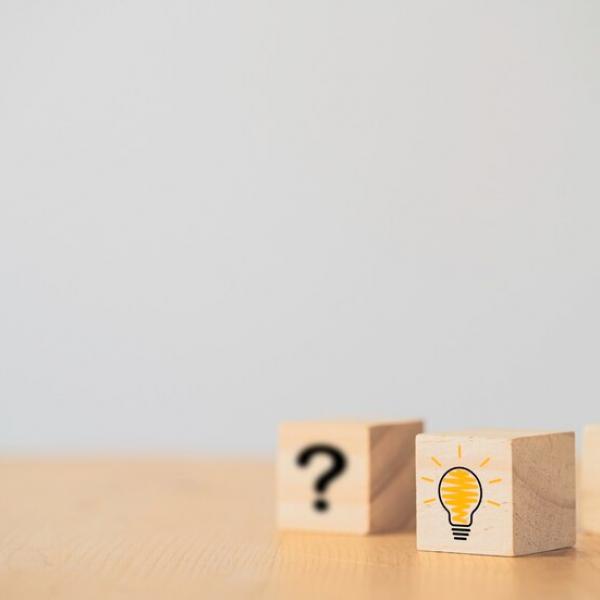PH
pH is an indicator that helps determine the acidity or basicity of water. Accordingly, domestic water with a pH in the range of 6-8.5 is safe. Water with pH = 7 is called pure water, pH < 7 often contains many acid-base ions, pH> 7 often contains many carbonate and bicarbonate group ions.

Turbidity

In a nutshell, turbidity refers to the content of suspended components present in domestic water. The cause of high turbidity water often contains many microorganisms, algae, clay, rust...
Of course, high turbidity not only brings discomfort during use, but it also brings other negative consequences. The more turbid the water, the higher the risk of causing skin, digestive, and nervous system diseases. The Ministry of Healths clean water standard prescribes turbidity less than 5NTU, but the maximum limit for drinking water is only 2 NTU.
Stiffness
The hardness of water is highly dependent on two components, calcium and magnesium, present in the water. Here is the hard/soft water classification:
* Hardness from 0 – 50mg/L -> Soft water
* Hardness from 50 – 150mg/L -> Water is a bit hard
* Hardness from 150 – 300 mg/L -> Hard water
* Hardness > 300mg/L -> Very hard water
The greater the hardness of the water, the greater the degree of damage. Some examples of how harmful hard water can be: non-foaming soap, fouled pipes, damaged cooking appliances, etc. According to clean water standards, hardness is specified to be less than 350 mg/L. For drinking water, the hardness is less than 300 mg/L.

Easy way to clean drinking water
Boil
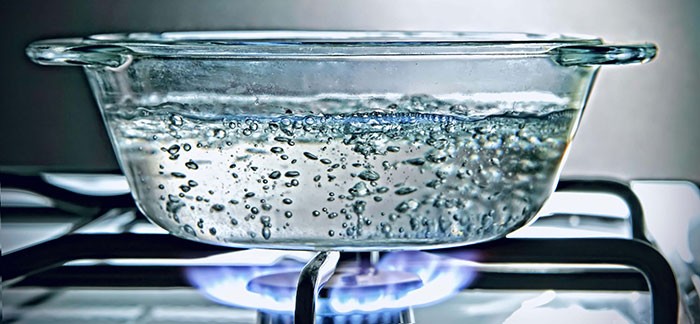
This is the simplest method available. If you stay at home and use tap water for drinking purposes, dont forget to boil the water before using it. Boiling kills all microorganisms such as viruses, parasites and bacteria that may be present in the water.
Disinfect with chlorine
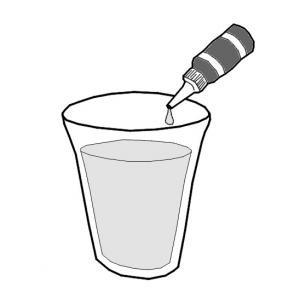
Liquid chlorine can easily be used to treat water before use. You should always remember that the concentration of chlorine used is appropriate for the amount of water, and should never exceed the amount of water to be treated. The only downside to this method is that chlorine will leave a strange smell and taste in your water.
Distillation
.jpg)
Scientifically, this method is to boil water and collect steam. The steam is connected to a condenser and is collected. This process helps to deal with bacteria and germs but is also costly and time consuming.
